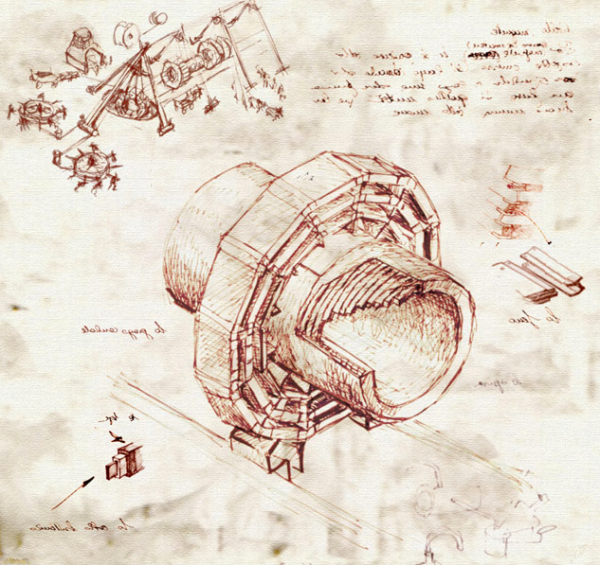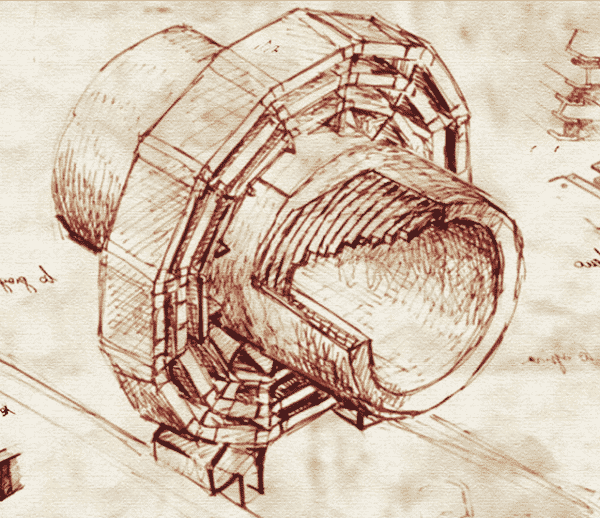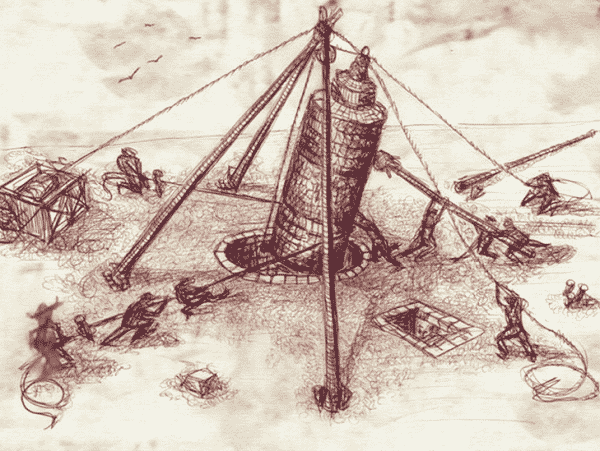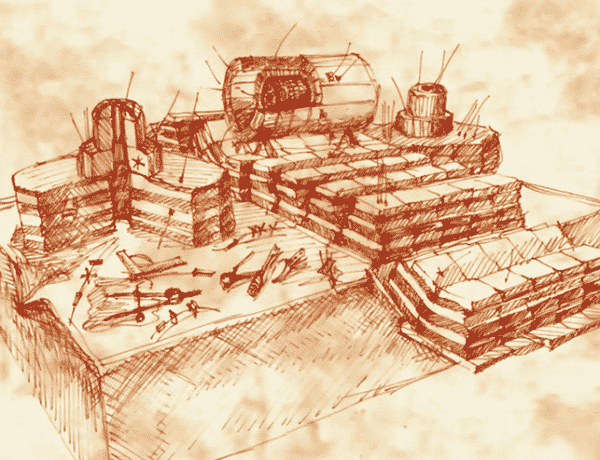Leonardo di ser Piero da Vinci (in short Leonardo da Vinci), often described as the archetype of the renaissance, is remembered for his art. Dr. Sergio Cittolin who has worked at the European Organization for Nuclear Research (CERN) for more than 30 years as a research physicist has made several drawings of the Large Hadron Collider in the style of Leonardo da Vinci. Though Leonardo da Vinci didn’t invent the Large Hadron Collider, but if he had, his sketches may have looked like the image below.
Leonardo da Vinci believed that an artist must know not just the rules of perspective, but also the laws of nature. He believed that, the eyes are the perfect instruments for learning these laws and the artist is the perfect person to illustrate them. As a naturalist, Leonardo da Vinci used to enter into the depth to understand how organisms work and why, often dissecting his object of study with this aim. The method attracted Dr. Cittolin. He decided to present the idea of data analysis to the world, replete with da Vinci’s trademark. Though Leonardo da Vinci’s sketching styles were full of realistic and natural figures, to have a touch with Vinci’s style Dr, Cittolin decided to sketch using inverse typography that can only be deciphered when reflected in a mirror. Here are some of the images sketched by Sergio Cittolin with da Vinci’s trademark inverse typography.
For more sketches, visit CERN.
Sergio Cittolin is the in charge of trigger and data acquisition for the Compact Muon Solenoid experiment at the Large Hadron Collider (LHC). He’s been engaged as a research physicist at the European Organization for Nuclear Research (CERN) for more than 30 years. He’s been working on the Compact Muon Solenoid detector, one of the LHC’s two particle physics detectors. He brought out his inner Renaissance Man with the illustrations of the Large Hadron Collider in Leonardo’s style. He was inspired and actually started to compose his Leonardo da Vinci-style sketches of the CMS detector years long before the collider operations materialized. However, Cittolin’s first rendering appeared in 1992 on the cover of a CMS design report, replete with da Vinci’s trademark inverse typography, which can only be deciphered when reflected in a mirror.
To be noted, Sergio Cittolin is one of the foremost physicists in search of answers to the mysteries of the universe. He has a fantastic hand in art. He has collected a lot of Leonardo da Vinci-style illustrations that brighten CERN hallways.
Source : Symmetry Magazine, CERN
Thanks To : Kottke
[ttjad keyword=”cloud-storage-drive”]








